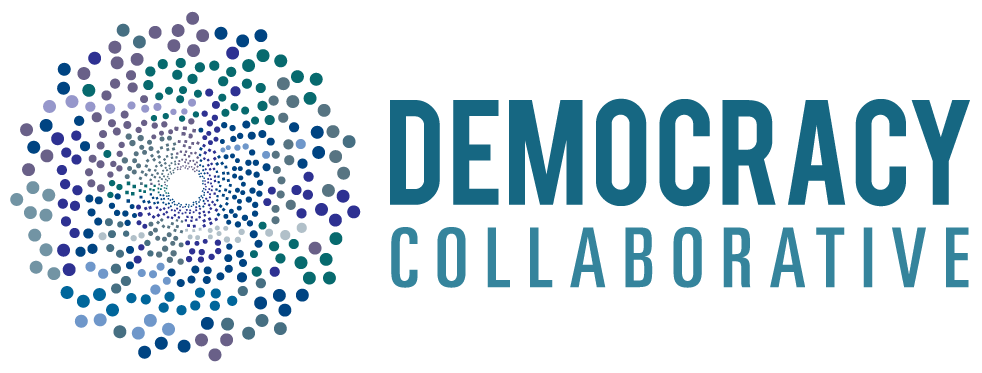Community development financial institutions
Community development financial institutions (CDFIs) are mission-driven organizations committed to providing services that create and broaden economic opportunities within their community.
Today’s CDFIs trace their roots to the work of community activists in the 1970s fighting bank redlining in urban areas and seeking to redirect capital through community-controlled banks. To cover the broad range of services they provide, CDFIs may be built as for-profit or nonprofit organizations. In particular, a CDFI may be structured as a community development bank, credit union, loan fund, or venture capital fund. Most are certified by the federal government and are thus eligible for government support (through the federal CDFI Fund) as well as private funding. Today more than 1,100 CDFIs operate around the country.
Potential Impact
With increased investment and support, CDFIs can transform neighborhoods that have faced historical disinvestment by providing the capital needed to jumpstart and sustain new businesses; build quality, affordable homes; and develop critical community facilities such as health clinics and childcare centers. Individuals living in underserved and under-resourced communities could obtain the financing they need to ensure their long-term financial security, whether through buying their first home, opening a business, or purchasing a car in order to get to a job. More significantly, they could help pilot and scale promising community wealth building efforts like that of the New Hampshire Community Loan Fund, which in 1984 helped trailer park residents form a pioneering cooperative that contributed to the creation of resident-owned communities that now provide affordable housing to 28 million people. CDFIs are also willing, as they did during the 2008 financial crash, to provide financing to communities and individuals during economic downturns, acting as a critical countercyclical force when traditional bank lending declines.
Transformative Characteristics
As CDFIs prioritize benefitting their community over extracting profit from it, they invest in places and projects that traditional lenders will often ignore. Thus, CDFIs are essential to developing and sustaining the housing, businesses, nonprofit facilities, and community infrastructure that serve as the backbone of vibrant and equitable neighborhoods. Moreover, CDFIs also provide technical assistance to nearly a half-million people a year in developing the skills, such as financial literacy, needed to achieve true financial independence, plus provide financial services to thousands more who previously had never used a bank. This is especially crucial for empowering historically marginalized communities and ensuring community control of local assets.
Examples
BLUEHUB CAPITAL
Founded in 1984, BlueHub Capital (formerly known as Boston Community Capital) is considered one of the nation’s most innovative and successful community development financial institutions. It embraces the concept of a “blue economy” that offers “an equitable prosperity that includes low-income people and communities.” To date, it has lent more than $1 billion and leveraged $6 billion in additional investments. Its work is credited with preventing more than 800 foreclosure-related evictions, renovating 2 million square feet of real estate, building or preserving nearly 20,000 units of affordable housing, and creating 4,440 living-wage jobs. BCC is also one of the largest providers of solar power to affordable housing; it has financed more than 26.5 million kilowatts of solar capacity, saving customers millions in energy costs.
CHICAGO COMMUNITY LOAN FUND
Established in 1991, the Chicago Community Loan Fund (CCLF) was created to ensure that community development organizations could access the funding needed to catalyze projects and enterprises in Chicago’s low and moderate-income neighborhoods. It has grown into an organization with more than $70 million in total assets. The $188 million in financing it has provided is credited with leveraging an additional $1.3 billion, building or preserving nearly 9,400 units of affordable housing, developing more than 3 million square feet of commercial and community facility space, and supporting the creation of more than 4,900 jobs. CCLF also provides comprehensive technical assistance to new organizations and offers resources to encourage developers to rely on sustainable, green practices
Challenges
The $136 billion in assets held by CDFIs represent just a fraction of the more than $17 trillion in assets held by all banking institutions. In a country with significant inequities between communities, the CDFI industry’s impact is severely constrained by its size. While CDFIs exist in all 50 states, an Urban Institute analysis of their lending activity revealed that from 2011 to 2015, the most economically vulnerable households were issued no loans in a quarter of the counties that CDFIs currently operate in. Moreover, while CDFIs exist to channel resources to populations that are overlooked by traditional lenders, only 22% are owned or led by people of color.
More Resources
The Department of the Treasury Community Development Financial Institutions Fund provides a range of resources, including impact reports and updated lists of certified CDFIs (cdfifund.gov).
The Opportunity Finance Network offers resources about CDFIs and has a database enabling users to identify CDFIs working in their community (ofn.org/cdfi-locator).

